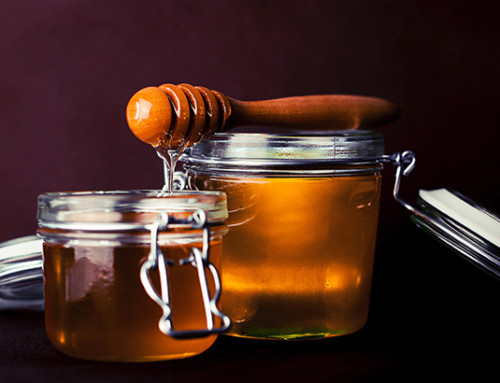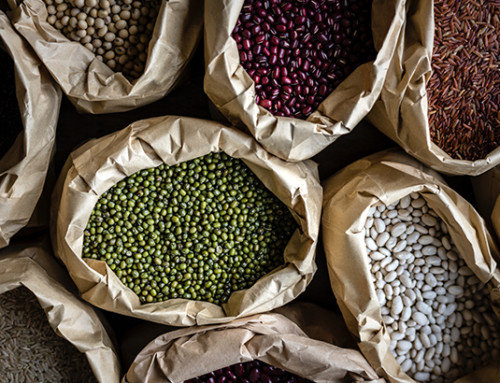What is Kimchi? Kimchi is a staple Korean food, traditionally a side dish made from salted and fermented vegetables, such as napa cabbage and Korean radishes, with a variety of seasonings, including chili powder, scallions, garlic, ginger and jeotgal.
Fermentation is the chemical breakdown of a substance by bacteria, yeasts or other microorganisms. In the making of beer, wine and liquid, fermentation converts sugars into ethyl alcohol. But what occurs during the fermentation of something like kimchi? What effect does fermentation of vegetables have on the pH and glucose levels?
Today, let’s experiment with kimchi to determine some of the chemical changes occurring as it ferments.
Materials
- Homemade kimchi (use whatever recipe you like, or use the ingredients below from this simple recipe)
- ¼ Cup + 1 Tbsp Sea Salt
- 5 lbs Napa Cabbage
- 1 bunch Scallions
- 2 radishes
- 5 Cloves of Garlic
- 1 tsp White Sugar
- 1 Tbsp Ginger
- 3-5 Tbsp Korean Chili Powder or Red Pepper Flakes
- 6-8 Cups distilled water
- Fish Sauce
- Glucose test strips
- pH 2.8-4.4 test strips
- Mason jars
Procedure
- Let’s start by making your kimchi. If you have a favorite recipe, feel free to use it. Otherwise, we found an easy recipe online that you can follow. There are plenty of recipes out there, so take your pick!
- Fermentation can take 24-48 hours. During this time, you’ll want to do your testing. When you get to a point of packing your kimchi in a mason jar, you may want to separate it into smaller batches. This way, you’re not constantly opening the same jar to check the glucose and pH levels. This may disrupt the fermentation process, so it’s best to test each jar once.
- Test the glucose and pH levels of one jar before sealing. Follow the instructions on the label and record your results. These will be your results before the fermentation process begins. Your baseline.
- Test the glucose and pH levels of your kimchi samples every 12 hours (so at 12, 24, 36 and 48 hours). Again, it would be best to ferment your kimchi in smaller batches (4 different jars), so you’re only opening each jar once to test it.
- If you’re having trouble getting a reading from the kimchi, you may need to blend it with some distilled water, then test. Remember to measure how much distilled water you’re adding and account for the dilution factor in your results.
Compare your results. How does the fermentation process affect pH and glucose levels?
Going Further
If you want to do a more advanced experiment, you could compare how temperature affects the chemical changes occurring during fermentation as well. For example, you could refrigerate some of the kimchi while it’s fermenting and leave the rest of it at room temperature to ferment. What differences do you see in the pH and glucose values? Does temperature affect the chemical changes occurring in the kimchi?
If you aren’t a fan of kimchi, you could try making and testing other fermented foods, such as sauerkraut, tempeh, or pickles. Bring out your inner chef, and have fun with this scientific food experiment!







Leave A Comment